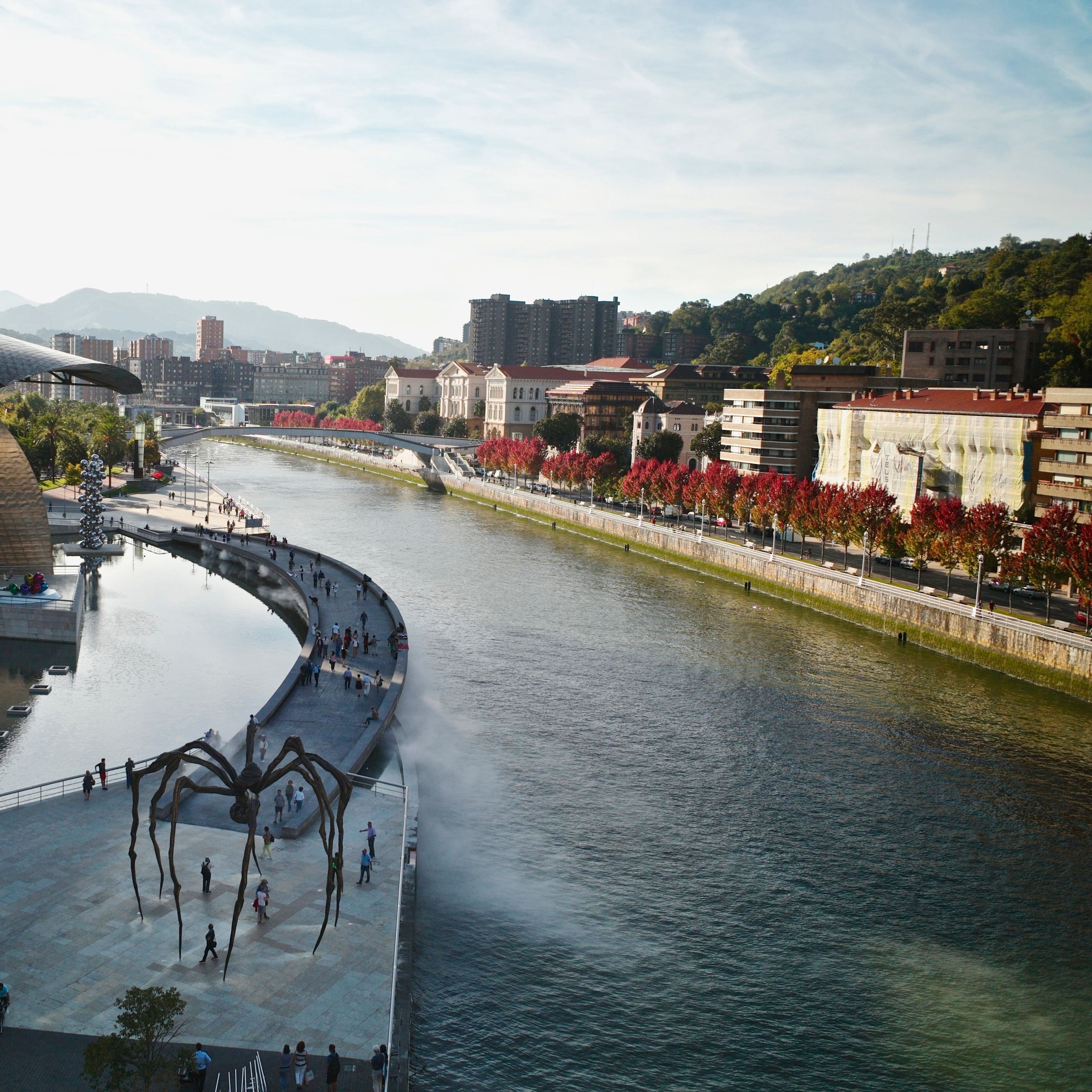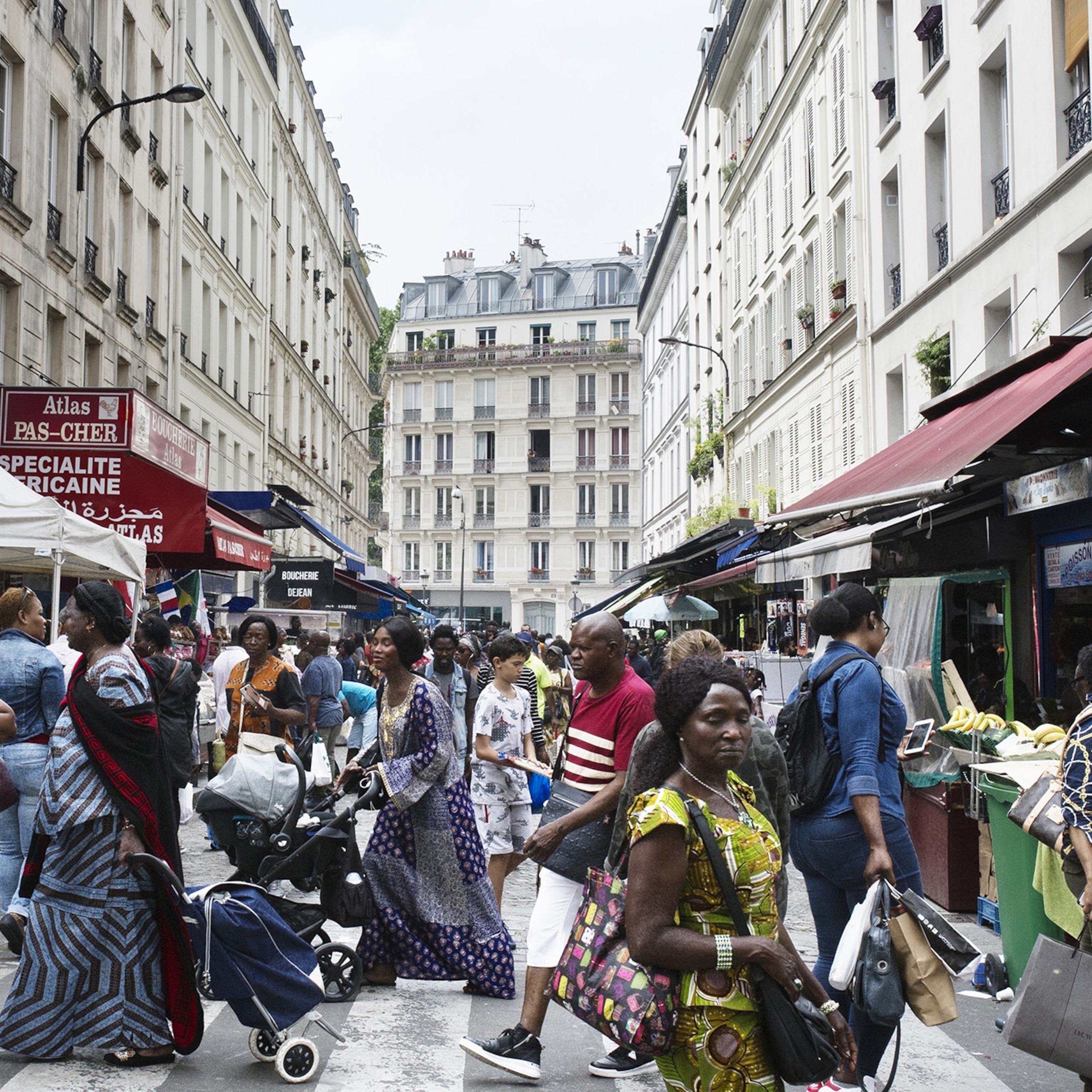Experience Nature and Culture in Plover Cove Country Park
Discover a historic Hakka village and flourishing flora and fauna on a one-place, two-perspectives adventure with photographer Tugo Cheng.
Acclaimed Hong Kong-based fine art photographer and architect Tugo Cheng travels the world capturing the natural and cultural diversity of landscapes. While his work has earned Cheng widespread international recognition—including several nominations for National Geographic Photographer of the Year—the talented Hong Kong native welcomes opportunities to showcase off-the-beaten path natural areas of his hometown.
“Hong Kong is different from anywhere else in the world in terms of proximity to nature and hiking trails,” says Cheng, who frequently hikes both internationally and in Hong Kong. “I’ve hiked in the United Kingdom, Greece, and other countries where you have to travel one or two hours from the city center to the trails. In Hong Kong, there are places to hike right out your back door. The distance between nature and urban here is one of the closest in the world.”
Recently, National Geographic launched Cheng on a two-for-one adventure in Hong Kong’s Plover Cove Country Park. The pristine natural area shelters a centuries-old Hakka village, offering visitors the rare opportunity to experience both nature and culture in one easy hike. Through his photographs and insights, Cheng shares what makes Plover Cove Country Park a top spot for travelers who want to explore the wild side of Hong Kong.
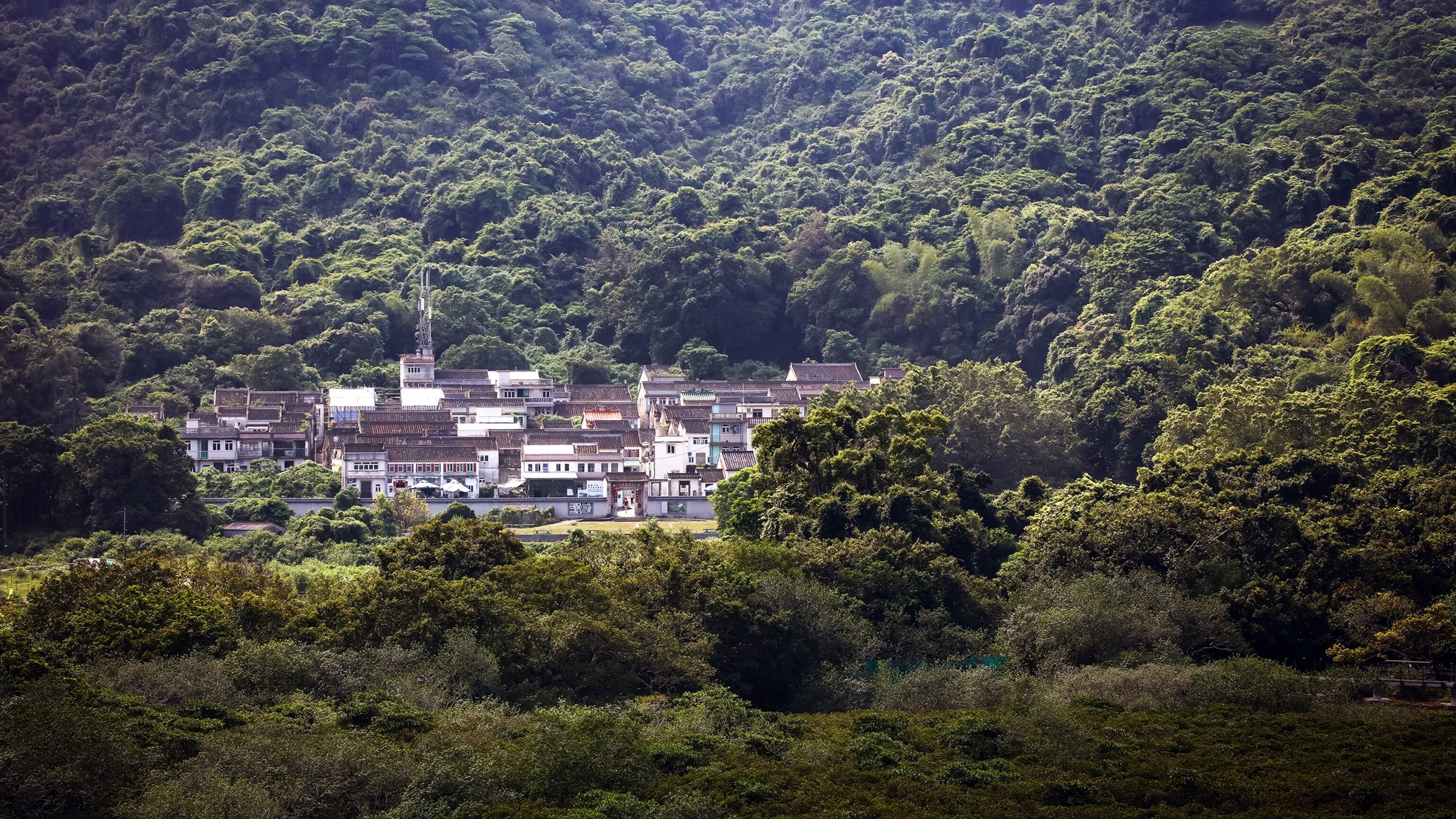
Unplug and Unwind
While it is easily accessible via train and minibus, Plover Cove Country Park feels a world away from the hustle and bustle of urban Hong Kong. Located in the northeastern Hong Kong, the park is a serene oasis where it’s easy to unplug from the dizzying distractions of city life and tune into the relaxing sights and sounds of nature.
For Cheng, who seeks to inspire people through the images and messages conveyed through his art, Plover Cove is particularly appealing due to the preserved Hakka village hidden within the park.
“There are a lot of Hong Kong trails leading primarily through forest settings, but in Plover Cove, you have the forest, high mountains, and a traditional village. It is a mix of different things—a balance between nature and culture—which quite aptly represents Hong Kong.”
Cheng encourages would-be hikers to learn more about Hakka culture before hiking in Plover Cove Country Park. Taking time to better understand the Hakka—widely thought to be largely northern Han Chinese who progressively migrated south beginning in 400 AD—will make the experience even more memorable and meaningful.
To explore Plover Cove Country Park on a half-day trip, Cheng recommends following the main, lower elevation route, which takes three-to-four hours and covers about four and a half miles. Ideal for families and people seeking a relatively level path, the moderate hike begins at the Bride’s Pool Nature Trail and ends at the ferry stop at Lai Chi Wo, the Hakka village.
Discover Natural Wonders
Prepare to capture a gallery of Instagrammable nature-scapes along the way, beginning with Bride’s Pool and Mirror Pool waterfalls. Easily accessible from the trail, the crystal-clear cascades and their pools are two of the many rushing and rolling water features passed or crossed on the hike.
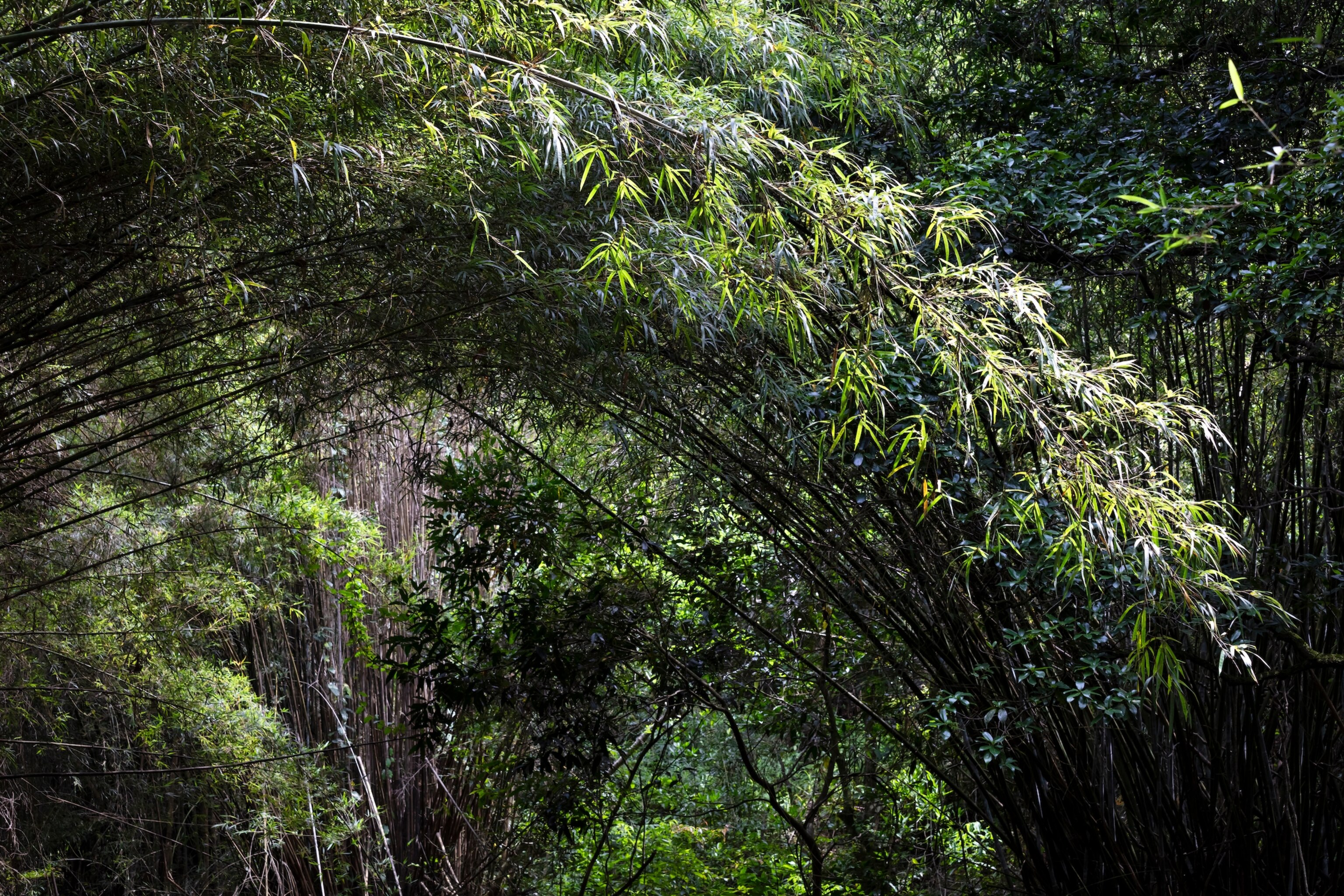
Beyond the falls, continue east on the Wu Kau Tang (“soaring black dragon”) Trail and Lai Sam Ancient Trail, which pass through one of Cheng’s favorite features of the hike—a shaded bamboo forest. As an architect-photographer, Cheng is drawn to geometric patterns, such as those naturally created by the willowy bamboo canes lining the trail. Another bonus of capturing images in such a wet and densely wooded environment, he says, is the abundance of “little creatures.”
“Fewer people hike this trail, which helps preserve the wildlife,” says Cheng. “Since the forest is so lush and the area is unpolluted, colorful butterflies, dragonflies, amphibians, and fish thrive in the untouched nature here.”
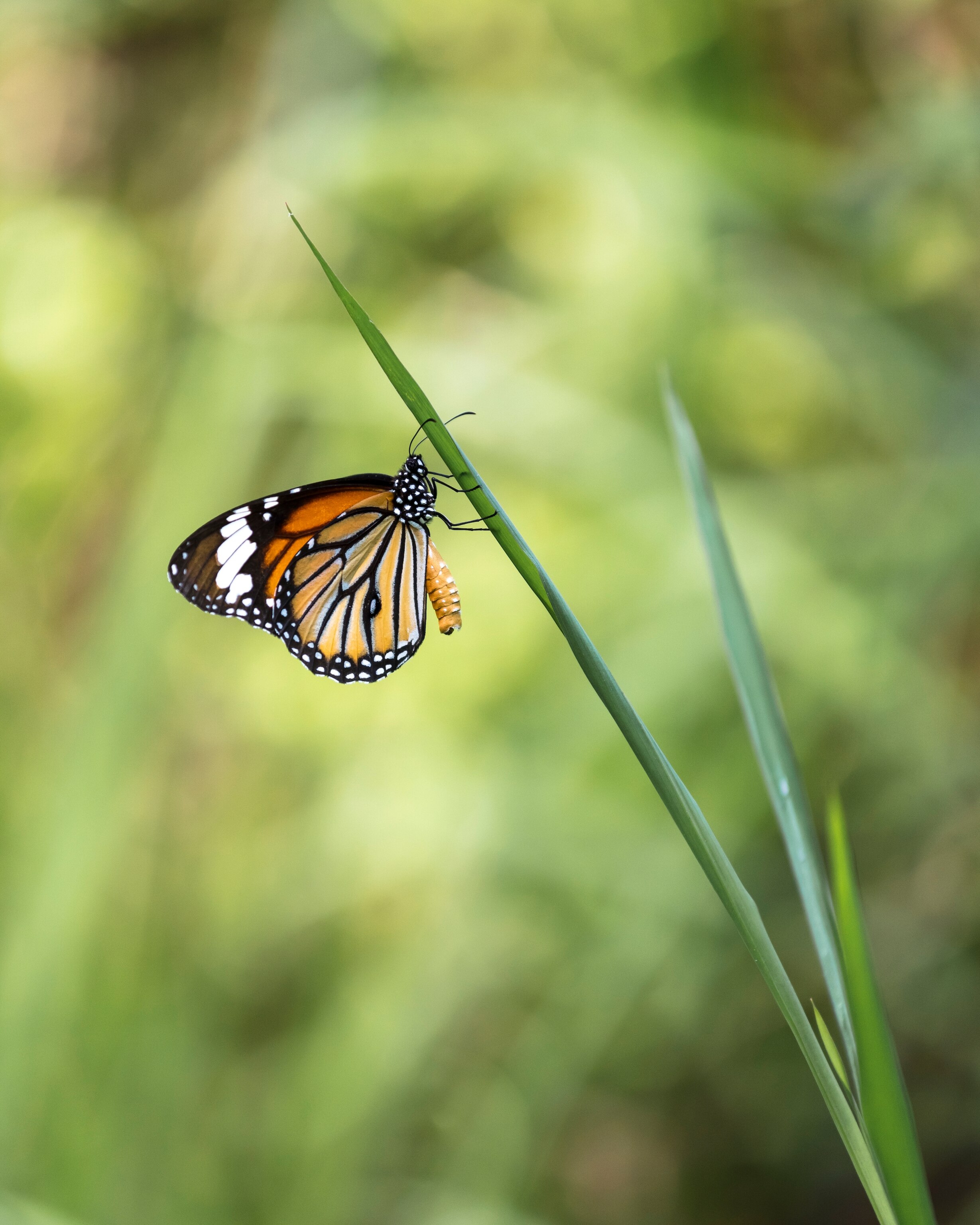
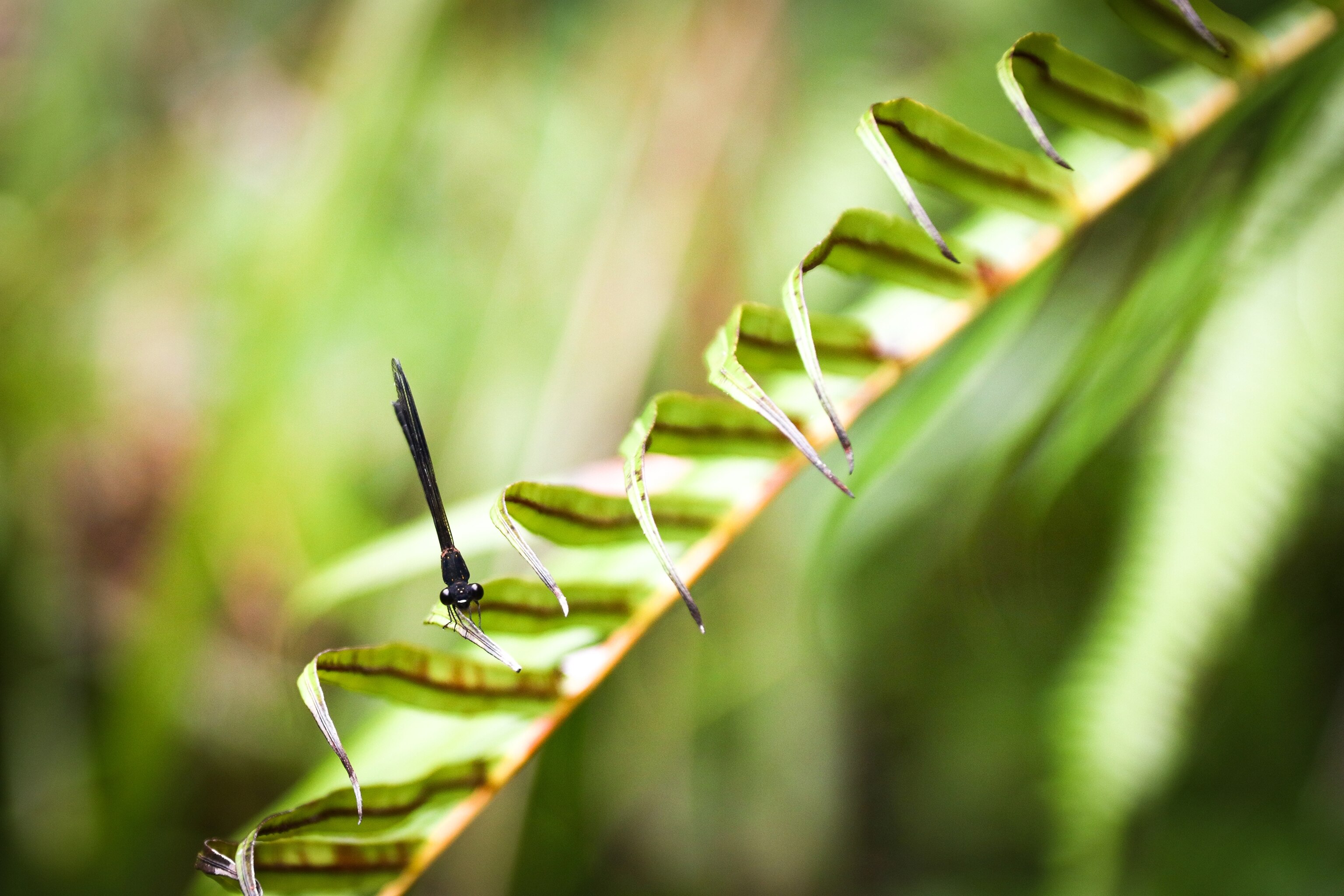
To create a photo memory of the hike’s natural wonders, Cheng suggests taking panoramic shots of towering mountain peaks and the Double Haven (Yan Chau Tong) Marine Park seen in the distance, as well as more detailed, close-up shots of the insects and other tiny wildlife living in the water and woods.
Walk Back in Time
The second half of the hike is brimming with history, wildlife, and wide open spaces. Pass abandoned rice fields and terraces on your way to tiny Sam A (Cantonese for “trident”) village, named for the three-pronged headland protruding into Sam A inlet. Take a rest break at the village tea house, which on weekdays serves noodles and snacks, but on weekends and holidays offers hearty, home-style Hakka dishes (such as braised pork belly with pickled mustard greens).
From Sam A village, it’s about a 45-minute hike to the walled village of Lai Chi Wo (“lychee cove”), Hong Kong’s best-preserved Hakka settlement. Built some 400 years ago and protected within the Hong Kong UNESCO Global Geopark, the semi-abandoned village offers hikers a rare glimpse back into the preserved remnants of an early, affluent Hakka community.
“The villages are set right in the middle of a forest,” says Cheng. “What strikes me most about this part of the hike is the harmony between humans and nature, which reflects life in Hong Kong. Wherever you are in Hong Kong, nature is always close by.”
Cheng says he is particularly drawn to the traditional architecture and design of Lai Chi Wo. “The fact that you can see a traditional Hakka village makes this hike unique,” he explains. “The village is kind of a preserve representing the older settlements of early Hong Kong, and yet, you will see people living and visiting there.”
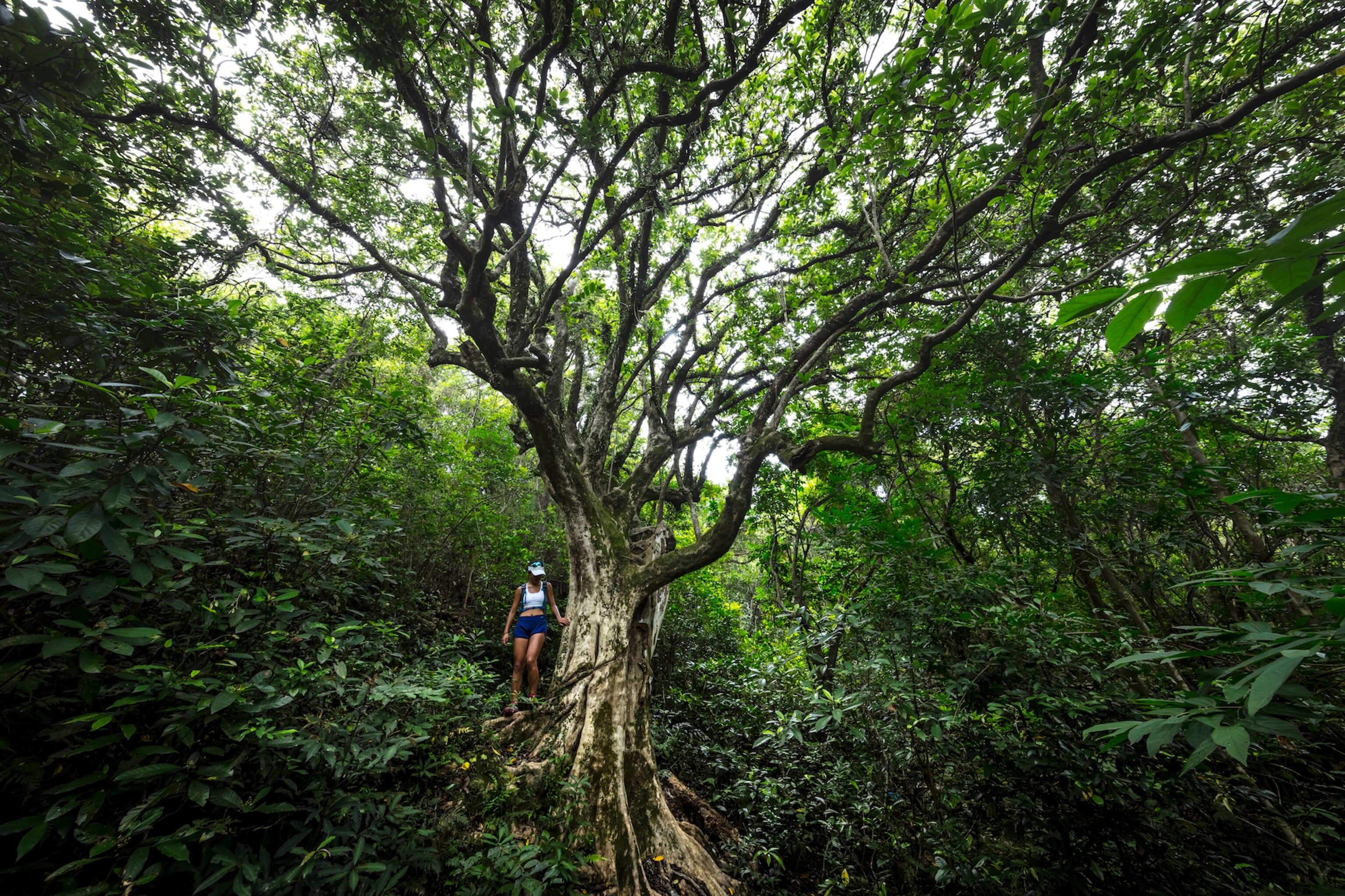
One of the most extraordinary cultural treasures visitors discover at Lai Chi Wo is outside the village walls. Nestled behind the village is a lush feng shui woodland, thought to be one of the oldest remaining forested areas of its kind in Hong Kong. Found mainly on the slopes behind rural, Southern China villages, feng shui woods were preserved by early settlers who believed the vegetation would bring good fortune and offer protection. The Lai Chi Wo woodland features increasingly rare examples of Hong Kong’s native low-elevation, broad-leaved forests.
Capture Stunning Coastal Views
Lai Chi Wo may be the final official stop on the hike, however, there are still wonders to behold. Mudflats and dense mangroves thrive in the tidal coastal areas between the land and the sea. Stop at the small shops next to the mangroves for a snack and drink, says Cheng, before continuing to the pier, where you can catch a ferry back to the city center.
The 90-minute ferry ride is one of Cheng’s favorite parts of the Plover Cove Country Park experience, since it offers scenic coastal views—an unexpected bonus on a hike beginning in the hills and leading through verdant wooded areas.
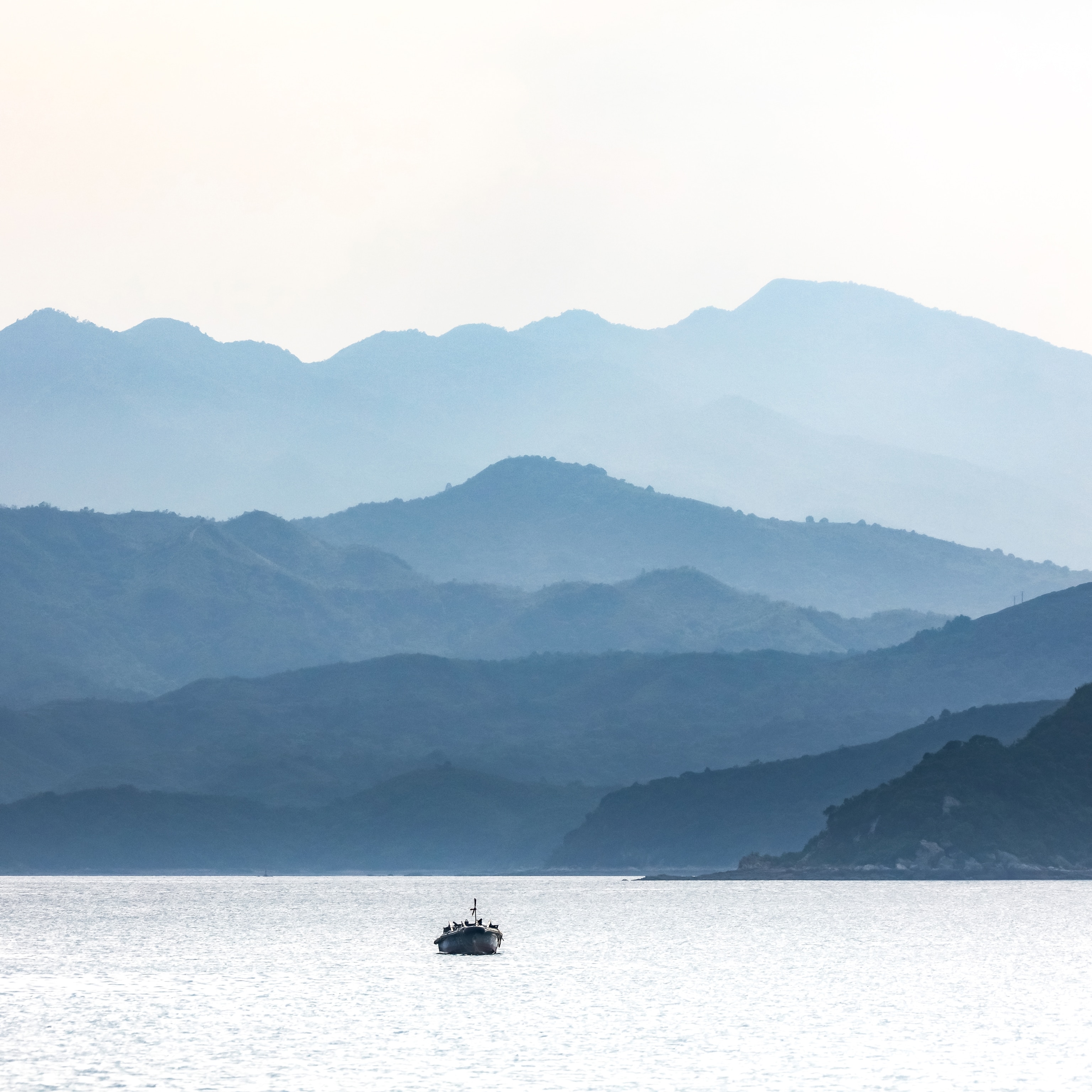
“From the ferry, you can see interesting geological formations, lots of coastline, and the sea,” he adds. “So, by taking one easy Plover Cove hike—which is more of a walk since the lower trails are pretty level—[and the ferry,] you will experience several different aspects of Hong Kong: forest, waterfalls, rural villages, Hakka culture, and the sea.”
Best for: Chinese history buffs, cultural aficionados, photographers, and outdoor enthusiasts looking for mildly rugged nature trails
Guided Tours: Lai Chi Wo Hiking Tour leads you to the largest bed of Coastal Heritiera (Heritiera littoralis) in Hong Kong and the White-flower Derris which forms a ‘natural swing’ along the mangroves.
Where to Eat: In Sam A Village, visit the tea house owned by a Hakka couple who serve noodles, snacks and drinks daily, and Hakka snacks on weekends and public holidays.
Safety tips: Do not climb up the Bride’s Pool waterfall or other slick, rock features due to the risk of falls. Avoid venturing inside abandoned Lai Chi Wo houses, which could have structural damage. For the latest updates on the hiking condition, visit the website of Agriculture, Fisheries and Conservation Department.
Photography Tips: The houses in Lai Chi Wo are arranged in nine horizontal and three vertical lanes. Capture the geometric lines of the lanes, the buildings, and the tiled roofs.
Read more about The Great Outdoors of Hong Kong or for more information visit Your Guide to Hiking & Cycling in Hong Kong.
